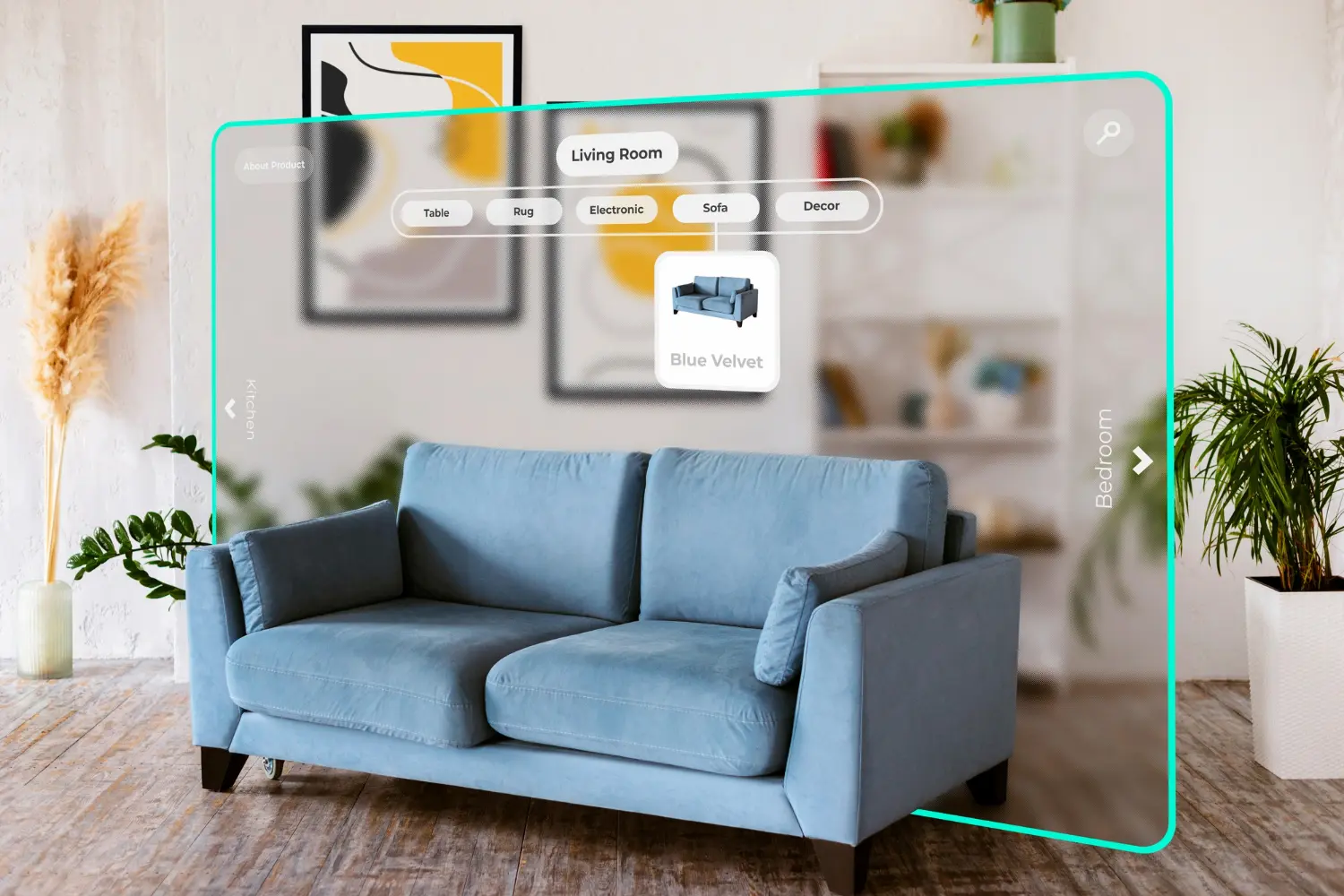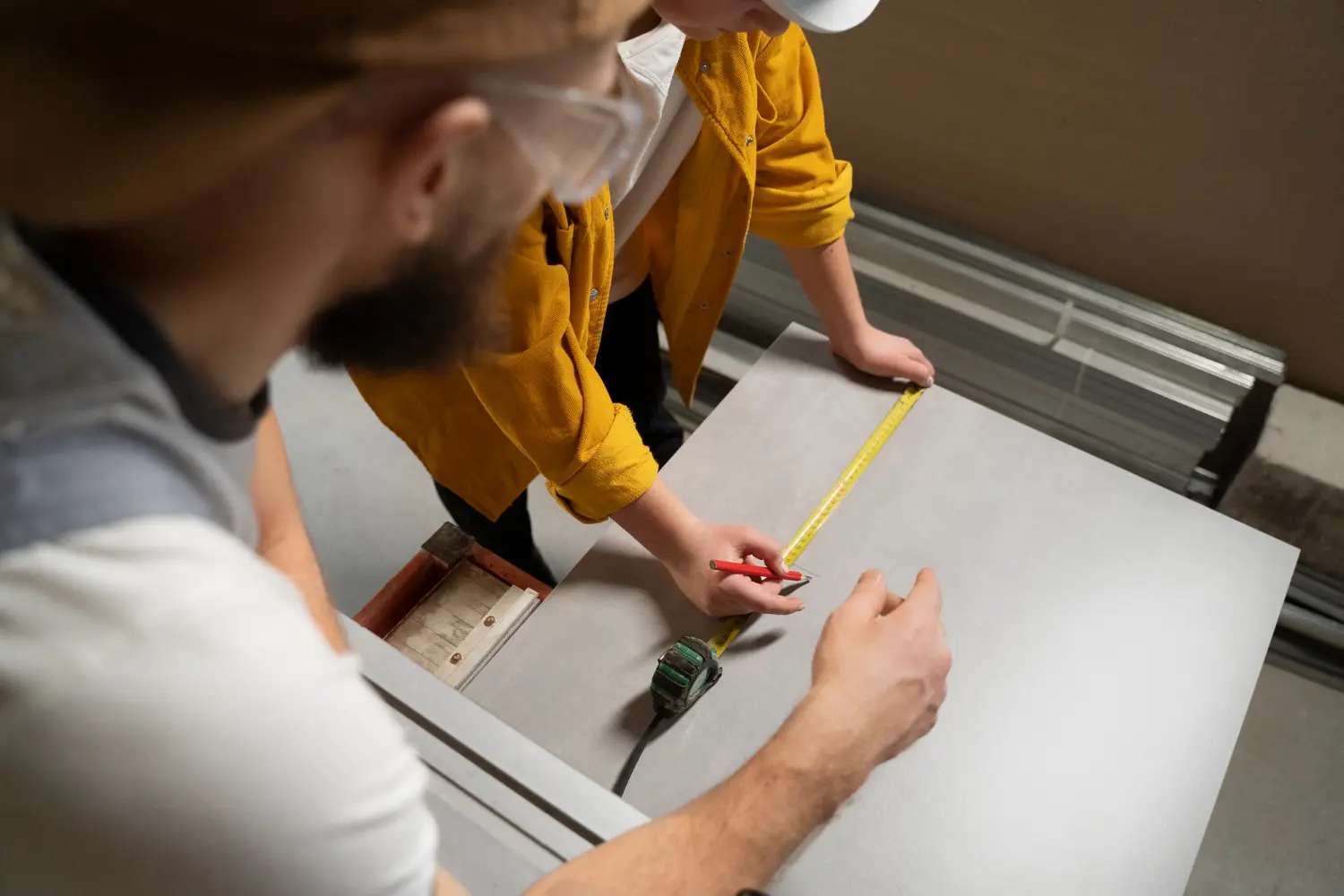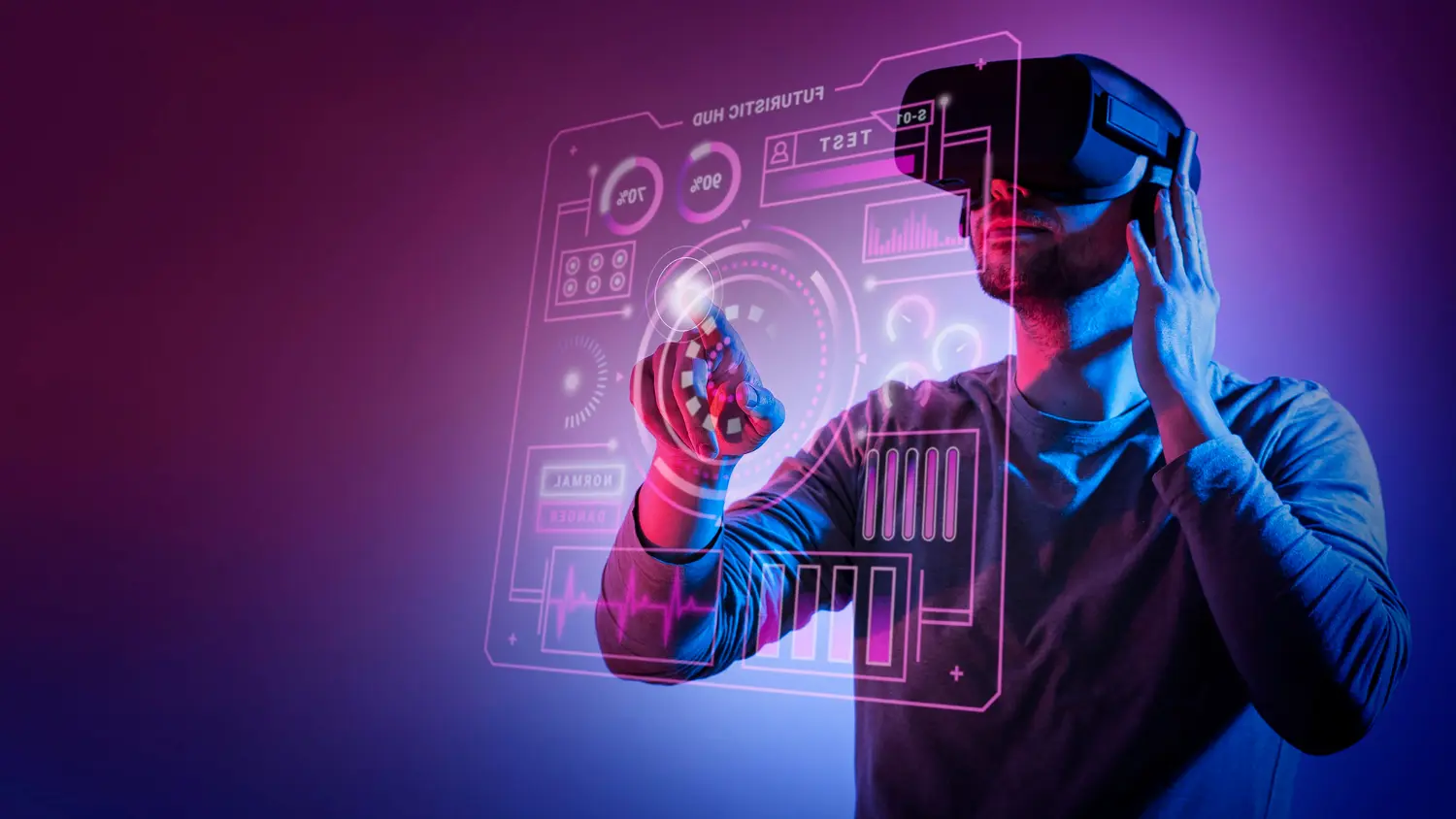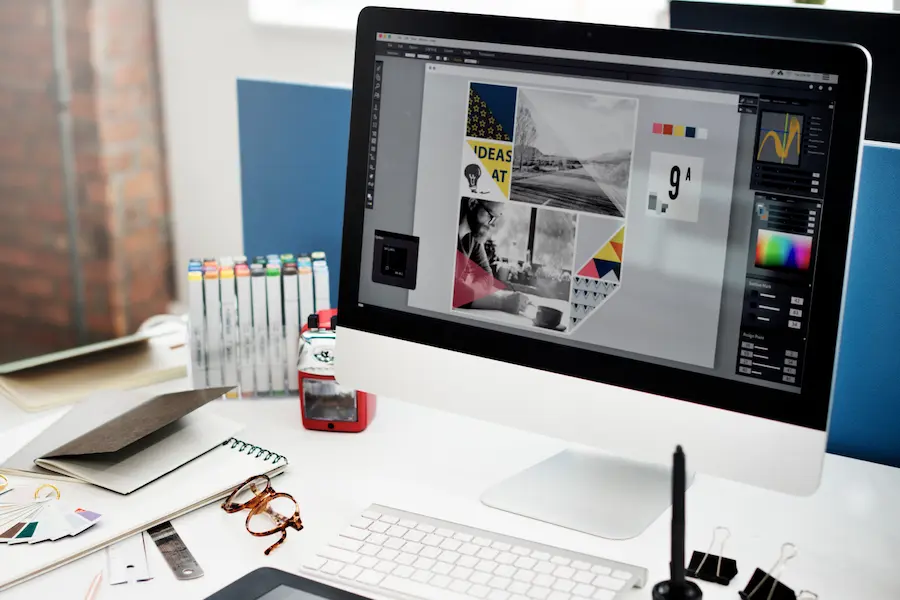Product customization is becoming a big part of eCommerce. Many consumers now prefer products they can personalize, and businesses that offer customization often see happier, more loyal customers. This guide covers the basics of product customization, its benefits, real-life examples, and current trends.
What is product customization?
Product customization in eCommerce lets customers tailor products to their liking. This might mean changing colors, adding text or images, and choosing specific features. The goal is to improve the shopping experience by offering unique and personalized options.

Types of product customization
There are multiple ways of implementing product customization into eCommerce, namely visual customization, functional customization, and configurators. While each serves their own purpose, it is useful to understand their specific uses in order to best apply them.
Visual customization involves changing the visual aspects like colors, patterns, and designs. This type of customization is particularly popular in industries like fashion and home decor, where aesthetic appeal is crucial.
Functional customization alters how a product works, such as adding features. This can include options like adding extra pockets to a bag or selecting different types of fabric for a piece of furniture.
Configurators are advanced tools that let customers build products from scratch or modify complex items like cars and furniture. These tools often include 3D modeling to help customers visualize their choices.
Benefits of product customization in eCommerce
Product customization is crucial because it meets the growing demand for personalized shopping experiences. Customers want products that show their individuality, and businesses that provide this can see more sales and loyalty.Here are the main
benefits of product customization for both businesses and customers:
Increased spending
Customers are willing to pay more for products they can personalize, whether it's adding a special touch to a gift or creating something that perfectly fits their needs. Notably, a Deloitte study found that 1 in 5 consumers who expressed an interest in personalized products or services are willing to pay a 20% premium.
More sales
When customers interact with a product customizer, they're more likely to find exactly what they want, making them more likely to buy. Increased levels of customization can justify higher prices, further boosting revenue.
Better customer experience
Customization makes shopping more engaging. It allows customers to interact more deeply with products, leading to greater satisfaction as they get exactly what they need.
Higher conversion rates
A well-designed product customizer can lead to more purchases. Customers who spend time personalizing a product are more likely to complete the purchase.
Premium brand image
Offering customization can enhance a brand’s image, making it appear more exclusive and high-quality, attracting premium customers.
Challenges of implementing product customization
While customization has many benefits, it also brings challenges. Businesses need to address these to be able to implement customization effectively.
Complex operations
Customization can complicate manufacturing and supply chains, requiring more flexible operations. Investing in automation and advanced manufacturing technologies can help manage complexity. Flexible production systems and just-in-time inventory management can streamline operations.
Higher costs
Customization can be expensive, requiring investments in technology and operations. While initial investments in customization technologies are high, costs can be offset by offering premium-priced options and leveraging economies of scale.
Customer expectations
Ensuring your customized products meet expectations can be tough, as mismatches can lead to dissatisfaction. Clear communication and visualization tools can help manage expectations. Providing detailed previews and real-time updates can ensure customers know what they're getting.
Scalability issues
Scaling customization can be hard, especially for rapidly growing businesses. Focusing on modular product designs and standardized components allows for a wide range of customizations without overwhelming production.
Product customization real-life examples
Here are some real examples of how eCommerce personalization can be implemented into various industries.
Bathroom customizer
A bathroom configurator allows customers to choose the style, color, and features of their bathtubs, showers, cabinets, sinks, and toilets. This tool provides a digital model of the final product, making it easier for customers to see how their choices will actually look.

Car customizer
A car customizer allows customers to build their dream car by selecting everything from the paint job to the interior finishes. This level of eCommerce personalization ensures each customer drives away in a car that truly reflects their style and preferences.
Sofa customizer
A sofa customizer simplifies the process of furniture shopping. Customers can choose the shape, material, color, and additional features of their sofa, ensuring it fits perfectly in their living space. This tool provides a visual representation of the final product, the sofa exactly as the customer requests it.
Flooring customizer
A flooring customizer allows customers to select the type of tiles, patterns, and materials that best suit their needs. This tool helps visualize how different options will look in their space, making the shopping experience more interactive and satisfying.
Product customization trends
Product customization is rapidly changing, and you have to stay on top of every development to ensure you keep your edge. Here are a few of the current developing trends in product customization:
-
Visual commerce is changing how customers connect with products online. Advanced tools let shoppers see customizations in real-time, making the experience more engaging and enjoyable. For example, a clothing retailer might use a visual commerce platform that allows customers to see how different outfits look on a virtual model with similar body measurements. This interactive experience helps customers feel more confident in their purchases and reduces the likelihood of returns.
-
3D product customization allows customers to view their customized products from all angles, helping them understand what the final product will look like. This is especially useful for complex products like furniture and automobiles. For example, a customer buying a custom-built bookshelf can use a 3D tool to rotate and zoom in on their design, ensuring every detail is perfect before placing their order.
-
AI enhances customization by analyzing customer preferences and suggesting suitable options. This makes the process smoother and ensures customers get products that match their tastes. For instance, an AI-powered tool might provide certain color combinations or features based on a customer's past purchases or browsing history, making the customization process quicker and more user-friendly.
Future of product customization in eCommerce
The future of product customization in eCommerce looks bright due to the prevalence of several exciting developments. Personalized marketing will become more prevalent as businesses gather more data on customer preferences, allowing for targeted ads that highlight customization options tailored to individual customers. Technological advancements will create better tools that offer higher levels of flexibility and user-friendliness, making it easier for customers to create their ideal products.
Integration with augmented reality
Integration with augmented reality (AR) will play a significant role, allowing customers to see customized products in their own space before buying, providing a more immersive shopping experience. As sustainability becomes a priority, businesses will need to offer eco-friendly customization options, using sustainable materials and processes that minimize waste.
Big data
Big data will significantly impact product customization by analyzing vast amounts of customer data to identify trends and preferences, enabling highly personalized products. This data-driven approach can also help predict future customization trends, allowing businesses to stay ahead of the competition.
Digital product customization
Customization is not limited to physical products; digital products, such as software and online services, can also be customized to meet individual needs. Personalized user interfaces, feature selection, and tailored content are some ways digital products can offer customization.
Region specific customization
Different regions may have varying preferences for customization, and understanding these global trends can help businesses tailor their options to different markets. Recognizing and adapting to these differences can enhance customer satisfaction and expand market reach.
Social media
Social media platforms play a crucial role in promoting product customization. Customers often share their customized products on social media, influencing others to seek similar personalized experiences. Businesses can use social media to showcase off their customizable products, engage with customers, and gather feedback to improve their offerings.
Emerging technologies
Emerging technologies such as 3D printing, virtual reality (VR), and blockchain can revolutionize product customization. 3D printing allows for rapid prototyping and production of customized products, while VR can provide immersive customization experiences. Blockchain technology can enhance transparency and traceability in the customization process, building trust with customers.

In summary
While customization presents many opportunities, it also comes with challenges. Managing the increased complexity in production, ensuring cost-effectiveness, and maintaining quality control are some of the hurdles businesses may face. However, adopting innovative solutions and staying attuned to customer needs can help businesses overcome these challenges and unlock the full potential of product customization.
Product customization in eCommerce is not just a trend; it’s a great new way to improve customer experience and raise sales. Effective customization can set your brand apart and build a loyal customer base. Ready to reinvent your business using product customization? Explore how 3D Source can help you achieve this seamlessly. Using the right strategies and technologies, businesses can harness customization to create personalized experiences that gratify customers and drive growth.





